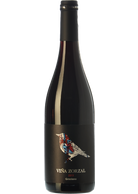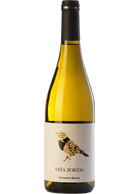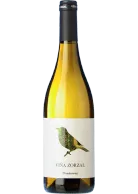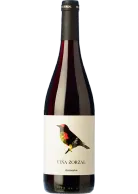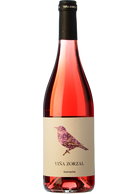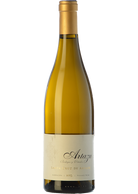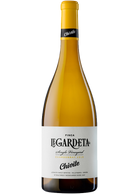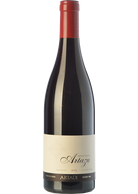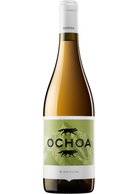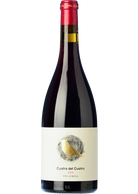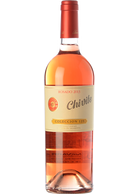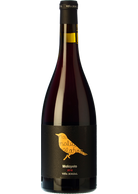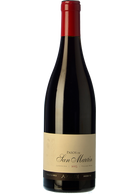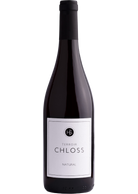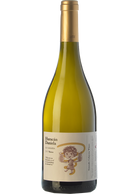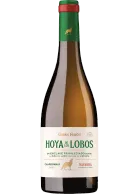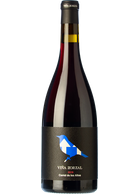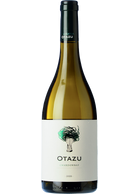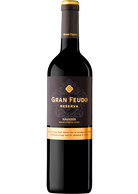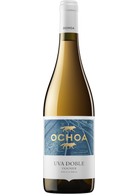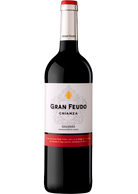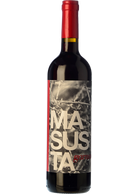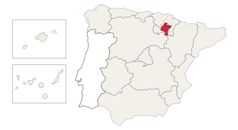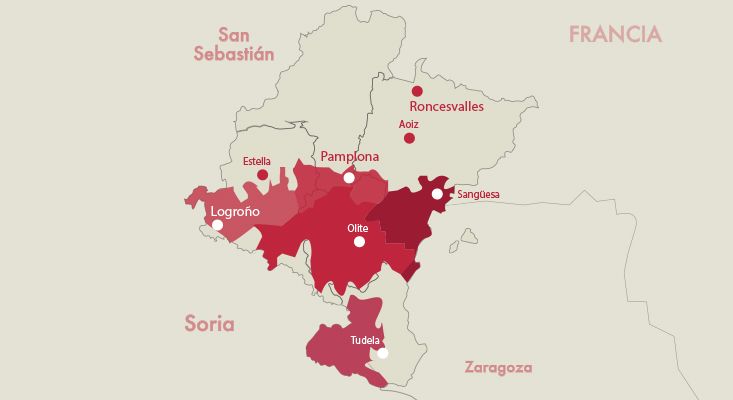Wine from Navarre
Navarre: Crossroads of Cultures and Winemaking
Navarre's winemaking heritage is as old as the very mountains that adorn its landscape. Located in the north of Spain, Navarre has historically been a land of encounters between different cultures, and this is reflected in the rich diversity of its wines. If you are looking to experience the magic of Navarrese wine, you are in the right place.

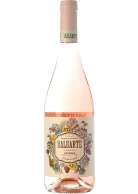

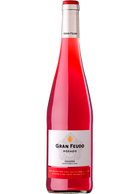
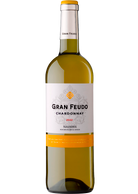
Navarre
Navarre: Crossroads of Cultures and Winemaking
Navarre's winemaking heritage is as old as the very mountains that adorn its landscape. Located in the north of Spain, Navarre has historically been a land of encounters between different cultures, and this is reflected in the rich diversity of its wines. If you are looking to experience the magic of Navarrese wine, you are in the right place.
During the Roman Empire vine cultivation was widespread throughout this region, but it was especially during the Middle Ages, as Navarre became a powerful kingdom in its own right, that its wines became more famous. Pilgrims, passing through the area on their Way to Santiago, tasted the wine and, recording comments in their diaries, described it as "excellent".
Rosés of Legend
If there is one thing that has established Navarre on the world wine map, it is its rosés. These wines, with their vibrant hues and fresh character, are the perfect expression of Navarrese wine.
Native and Foreign Grapes
Navarre has traditionally been known as Spain's great rosé wine producer, but nowadays the situation has changed with a gradual tendency to move over to the production of quality red wines. Although historically the Garnacha has been the most popular variety, over recent years, particularly in its southern zone the Tempranillo grape has been planted and now exceeds the surface area of Garnacha. Other grapes chosen for planting that are giving highly satisfactory results are Cabernet Sauvignon, Merlot and Chardonnay.
A Terroir of Contrasts
From the Atlantic influence of the north to the more arid climate of the south, Navarra offers a range of microclimates that result in wines of unparalleled complexity.
From north to south, Navarre could be described as resembling a small country: the Pyrenees form a border with France to the north, while in the central part, the slightly undulating ground supports cereal fields, market garden produce and vineyards, and to the south, there is a vast semi-arid area through which the River Ebro flows. This means that the DO is divided into 5 sub-regions lying to the south of Pamplona, although they generally share a continental climate (with an Atlantic influence in the northern sub-zones) and brownish-grey limestone soils that are poor in organic matter. These are the sub-regions: Valdizarbe, Tierra Estella, Baja Montaña, Ribera Alta and Ribera Baja.
Our Navarrese Wine Curation
We work side by side with family-owned wineries, cooperatives and cutting-edge producers in Navarra to bring you a selection that embodies the essence and diversity of this very special region. Each bottle is a direct passport to the vineyards of Navarre.
